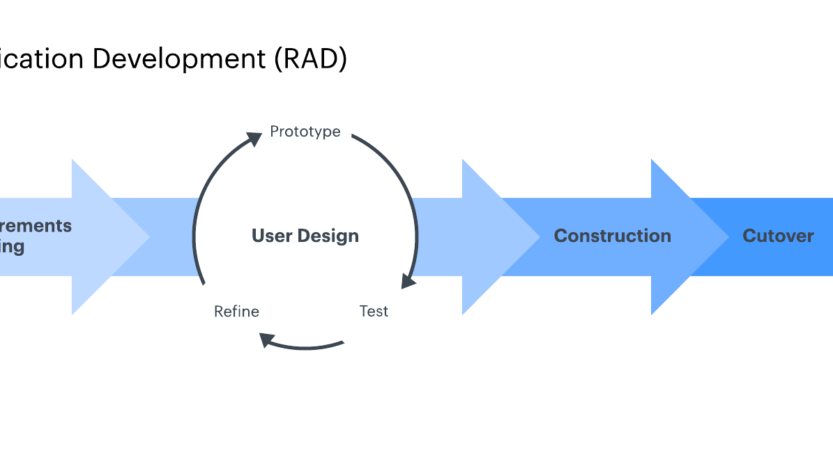Understanding Rapid application development (RAD)
Rapid application development (RAD) or rapid prototyping is a model of the software development process that belongs to the incremental (tiered) technique. RAD emphasizes short, short, and fast development cycles. Short time is an important limitation for this model. Rapid application development uses an iterative (repetitive) method in developing a system where a working model (working model) of the system is constructed at the beginning of the development stage with the aim of determining user requirements and subsequently removed. The working model is used occasionally as the basis for the final system design and implementation. The RAD model adopts the waterfall model and builds in a short time which is achieved by implementing: Component based construction (non-procedural component-based programming). Emphasis on reuse of existing software components. Automatic/semi-automatic program code generation. Multiple teams (multiple teams), each team completes a task that is at the same level but not the same. The number of teams depends on the area and the complexity of the system being built. If the desired integrity at the requirements analysis stage is complete and clear, then the time required to complete the complete software made is in the range of 60 to 90 days. The RAD model is almost the same as the waterfall model, the difference is that the development cycle taken by this model is very short with rapid application of techniques. The system is divided into several modules and carried out by several teams at almost the same time in a predetermined time. This model involves multiple teams, and each team does a similar, but different, task. In accordance with the distribution of system modules. Several things (strengths and drawbacks) that need to be considered in implementing development using the RAD model:
The advantages and disadvantages of the RAD Model
- The RAD model requires considerable resources, especially for large-scale projects.
- This model is suitable for large-scale projects.
- The RAD model requires a strong commitment between the developer and the customer, even both of them can be combined in 1 team. The performance of the resulting software can be a problem when the requirements at the beginning of the process cannot be modulated, so the approach with this model is not good.
- systems that cannot be modularized are not suitable for this model.
- The refining and merging of multiple teams at the end of the process is necessary and it requires hard work.
- the project can fail because the agreed time is not full of high technical risk is also not suitable for this model.
The need for digital IT is needed in daily activities, Bead IT Consultant is the right choice as your partner, visit our website by clicking this link: www.beadgroup.com

